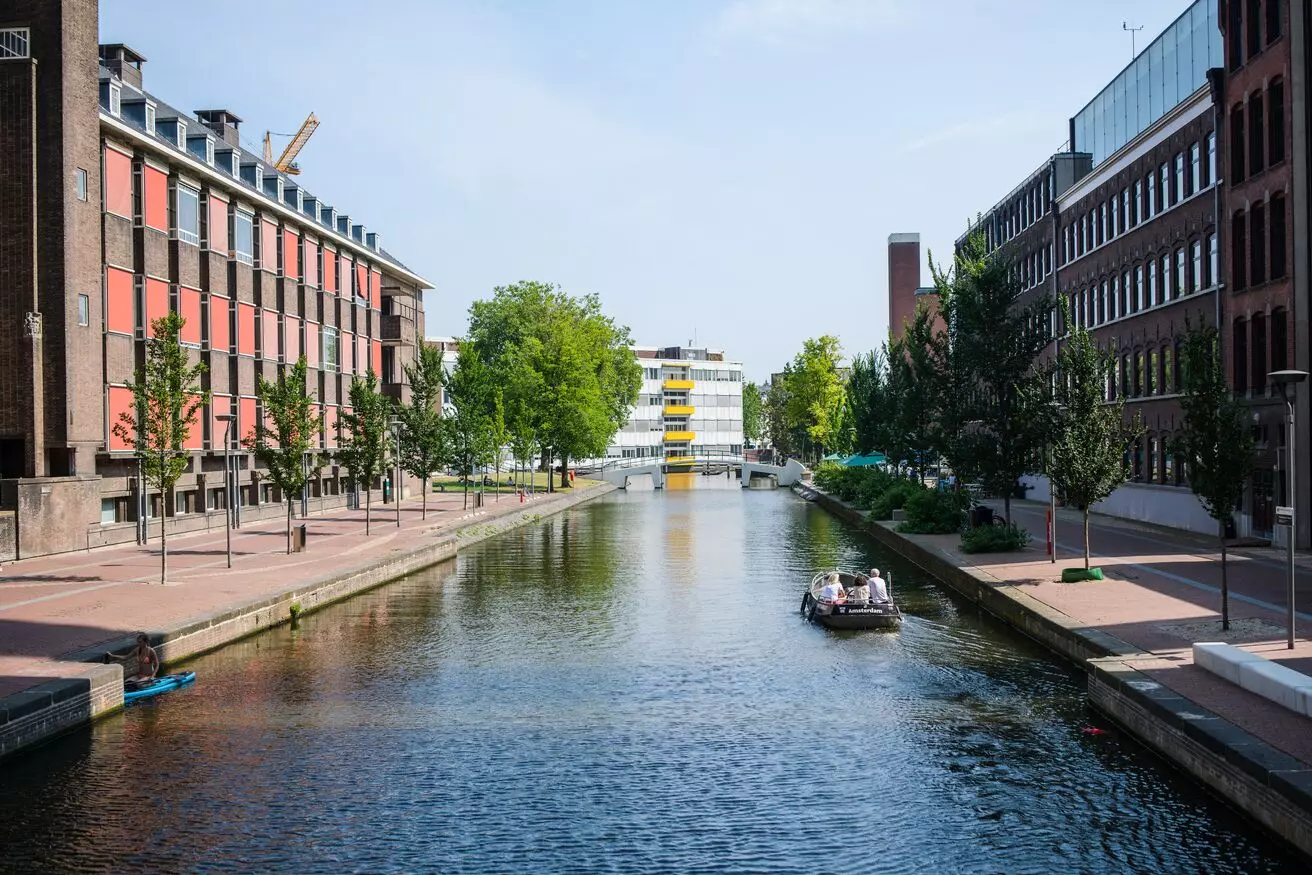This website uses cookies
We, and third parties, use cookies on our website. We use cookies to ensure that our website functions properly, to store your preferences, to gain insight into visitor behavior, but also for marketing and social media purposes (showing personalized advertisements). By clicking 'Accept', you agree to the use of all cookies. In our Cookie Statement. you can read more about the cookies we use and save or change your preferences. By clicking 'Refuse' you only agree to the use of functional cookies.
Not found

More vacancies

Postdoc Position "MindChat: A Culturally-sensitive Chatbot for Depression in Migrants"
- Faculty of Social and Behavioural Sciences
- €4.412 - €4.728
- PhD
- Closes on09-01-2026
Are you passionate about reducing health inequalities and innovating in digital mental health? Do you want to know more about the complex dynamics of mechanisms underlying engagement in secondary prevention of depression in Dutch-Turkish and Dutch-Moroccan communities? Would you like to develop a personalized culturally-sensitive user-centered-design–driven chatbot to enhance secondary prevention in migrants with depression? Then, apply for this postdoc project!
View vacancy
.jpg)
Two PhD Positions in Computational Social Choice for Digital Democracy
- Faculty of Science
- €3.059 - €3.881
- Master's
- Closes on16-02-2026
Do you enjoy working in an interdisciplinary research setting and do you want to be part of a thriving research community? The Computational Social Choice Group at the Institute for Logic, Language and Computation (ILLC) is looking for two PhD candidates as part of the ADDI project on Advancing Digital Democratic Innovation, an ERC Synergy Project funded by the European Union, with partners in Toulouse, Turku, and Amsterdam.
View vacancy

Postdoc position: Algebraic Complexity, Asymptotic Spectra and Tensors
- Faculty of Science
- €3.546 - €5.538
- PhD
- Closes on31-12-2025
Do you enjoy working on interdisciplinary research problems at the intersection of mathematics, theoretical computer science and quantum information theory? Are you interested in algebraic complexity theory, fast matrix multiplication algorithms, the geometry and representation theory of tensors, asymptotic spectrum duality, and applications? The research group of Jeroen Zuiddam at University of Amsterdam is looking for an enthusiastic postdoctoral researcher to advance various exciting research directions.
View vacancy
